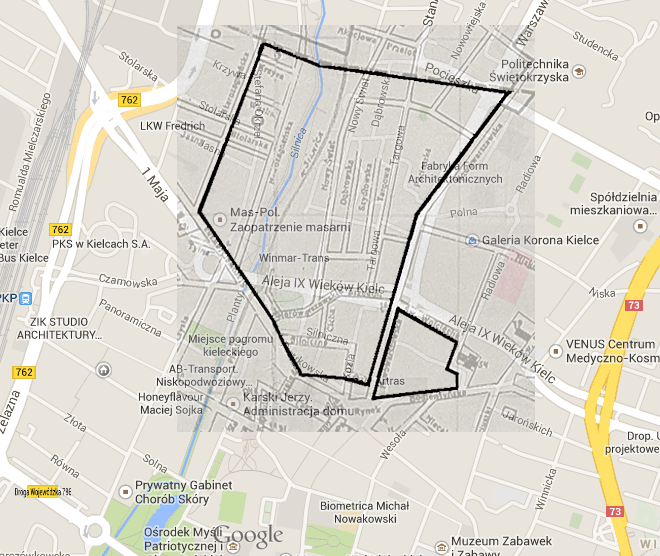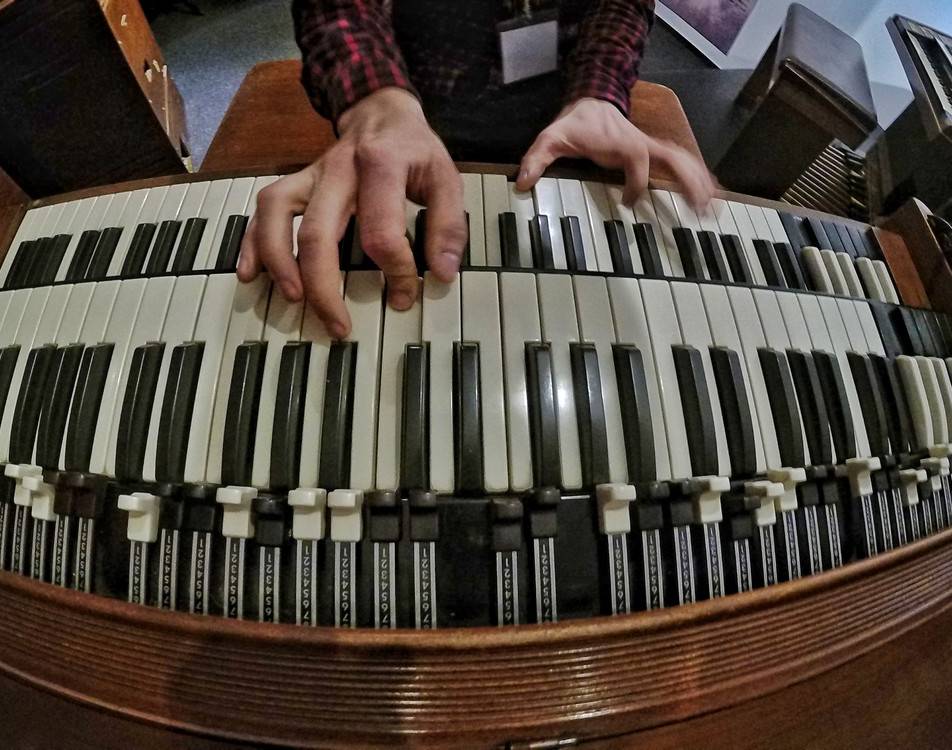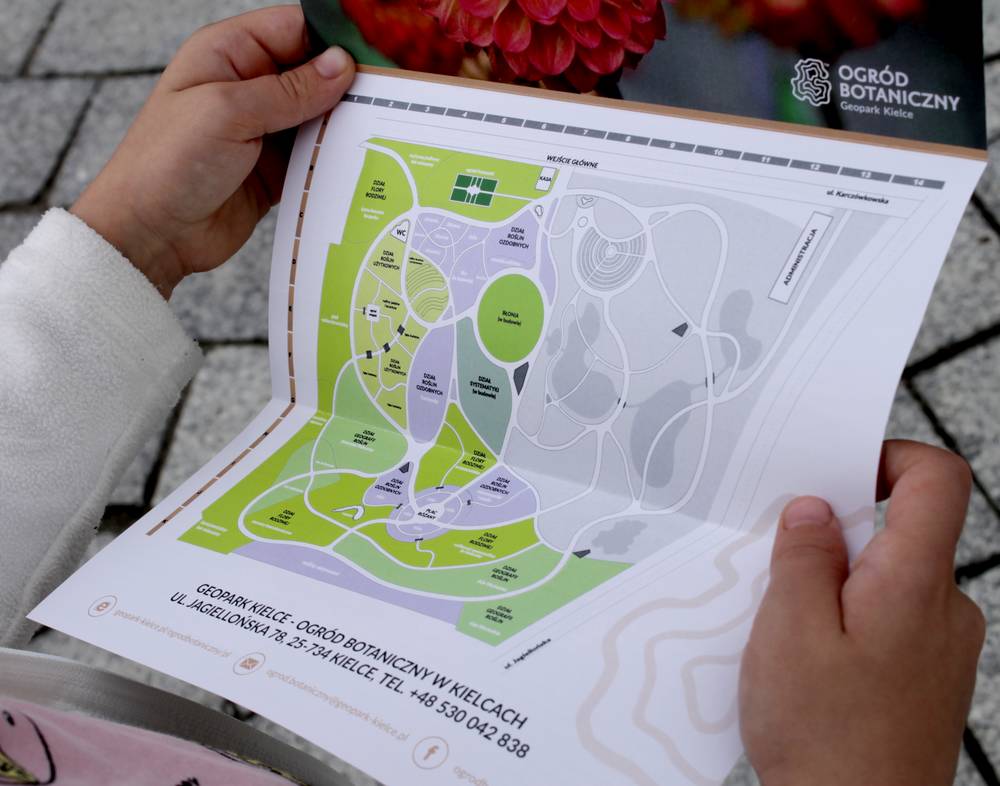Share This Article
When we hear words about the ghetto, we most often associate them with this located in Warsaw. Sometimes it will be also Krakow or Lodz. Looking at the bloody history of Polish Jews, it is worth mentioning that in Kielce this area was also separated (with barbed wire and a wooden fence). The ghetto was created here on March 31, 1941. Before the Second World War, the Jewish population constituted 1/3 of the city’s community.
Jews in Ghetto in Kielce
However, they did not live in one district of Kielce. The big group lived around the streets of Focha (Paderewskiego), Piotrkowska, Bazaar (Plac Wolności), and Staro and Nowowarszawskie Przedmieście. At the end of 1939, there were over 25,000 Jews in Kielce, and their number was increased by the arrival of people from neighbouring towns (mainly Chęciny and Pińczów) and over 1000 Jews from Vienna.
The Judenrat (Jewish Council) was located at 4 Orla Street and Okrzei 17. The ghetto was divided into two areas. They were connected with a footbridge. Until today few traces of this period have been preserved. One of the best visible was the building located between the streets of Warszawska Street, which was destroyed several years ago. The building housed a Jewish hospital. On August 23, 1942, according to the orders of the SS, all his patients were killed. It was two days after the selection of the Jewish population and mass deportations to the Treblinka death camp or mass executions on the spot (in the vicinity of the present Okrzei Street). Within 4 days, more than 1,000 people were killed and more than 20,000 were deported to the camps. Due to the large distance to the Jewish cemetery, often people after the executions were buried instantly (scarp from Nowy Świat to Silnica).
The end of Ghetto in Kielce
After this period, the ghetto was inhabited by less than 2,000 people working mainly on the segregation of stolen (by Nazis) property. They lived in a camp located near the present street of Jasna and Stolarska. In 1943, most Jews were moved from the camps in Skarżysko, Starachowice and Bliżyn. Also this year, 45 children aged 1-15 were shot in the Jewish cemetery in Kielce. There were about 400 people who survive Ghetto in Kielce.
One of the traces of what was happening in the ghetto in Kielce is the book “Letters from the Ghetto” published by the Jan Karski Association. It is available in the PDF version here.





